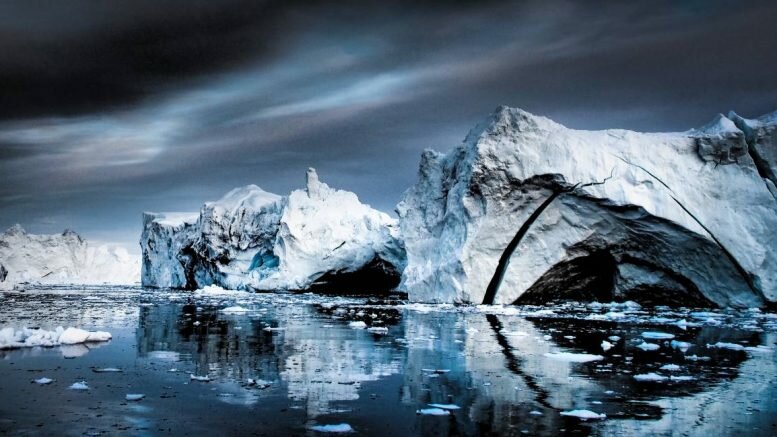During the better part of four centuries, the southern coast of Greenland was the westernmost edge of Viking settlement. But then, everything changed.
Vast numbers of Norsemen headed to Greenland in the 10th century, lured by promises of fertile lands and green hills.
At one point, the colony numbered thousands of people across multiple settlements. Strangely, by the mid-15th century, the colony collapsed – and no historical records provided an explanation for its downfall.
Previous research pointed to a number of potential factors as causes for the colony’s collapse, including an invasion, climate change, and a fall in birth rates.
New research points to changes in climate
Interestingly, new research published in Science Advances suggests that an intense cold period might have been the reason for the downfall of the Norse colony.
While multiple forces likely contributed to it, it seems that a lasting drought was among the key factors – and a team of researchers from the University of Massachusetts Amherst and the University at Buffalo in the US has recently presented new evidence for this theory.
The experts pointed to records of temperature and precipitation located in the sediment of a site near the remains of an ancient Norse farm site, stating that the strong decrease in summer rains made living in Greenland basically unviable.
The name itself was a sort of PR invention of Erik the Red, a famous Viking adventurer who named the island Greenland to make it more attractive to potential settlers, the Viking Herald points out.
A regional cooling
The era of Norse settlement in Greenland approximately matches a period in history that includes the start of regional cooling in the North Atlantic. Therefore, some experts believe that colonization was only possible in the first place due to the relatively warm period prior to the cooling.
The evidence for such claims has been scarce, mostly based on data related to ice cores from sites more than 1,000 kilometers away from the nearest Norse colony of that time.
“Before this study, there was no data from the actual site of the Viking settlements. And that’s a problem,” UMass Amherst geoscientist Raymond Bradley stated.
Bradley’s team visited the site of one of the largest farms in the Eastern Settlement of the colony and spent several years collecting samples of material from a close-by lakebed. These samples revealed a 2,000-year-long tale of stable temperatures and increasingly scarce rainfall.
“What we discovered is that, while the temperature barely changed over the course of the Norse settlement of southern Greenland, it became steadily drier over time,” lead author and geoscientist Boyang Zhao, from UMass Amherst and now at Brown University, concluded.
Source: © NTB Scanpix / #Norway Today / #NorwayTodayTravel
Do you have a news tip for Norway Today? We want to hear it. Get in touch at info@norwaytoday.no





Be the first to comment on "New research offers answer to why Vikings left Greenland"